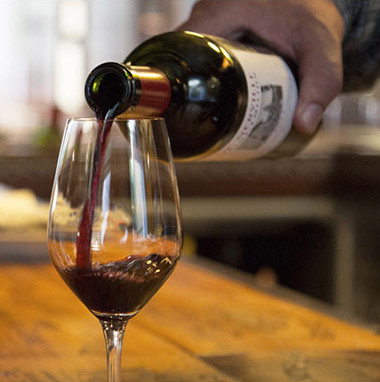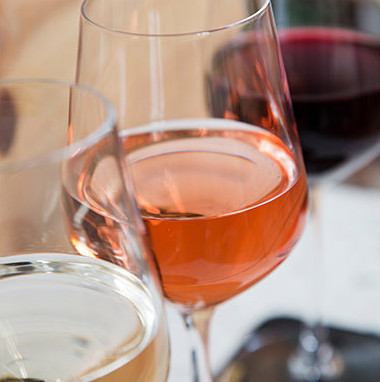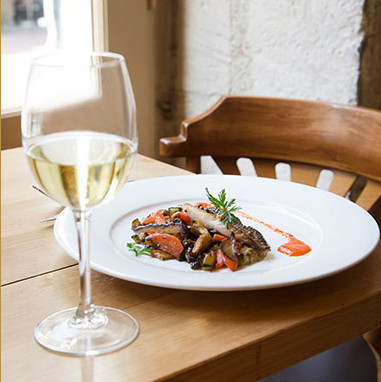Learn wine vocabulary thanks to this primer specially designed by the Bordeaux Wine School.
A


B

Bright
Describes a very clear color whose glints reflect the light well. A sign of a wine's quality.
C

D

E
F

G

H

I
J

L
M

N
O

P

R
S


T

U
V

W

Learn wine vocabulary thanks to this primer specially designed by the Bordeaux Wine School.



Describes a very clear color whose glints reflect the light well. A sign of a wine's quality.














WELCOME TO BORDEAUX.COM
BY ENTERING THIS SITE, I CERTIFY THAT I AM OF LEGAL DRINKING AGE IN MY COUNTRY OF RESIDENCE